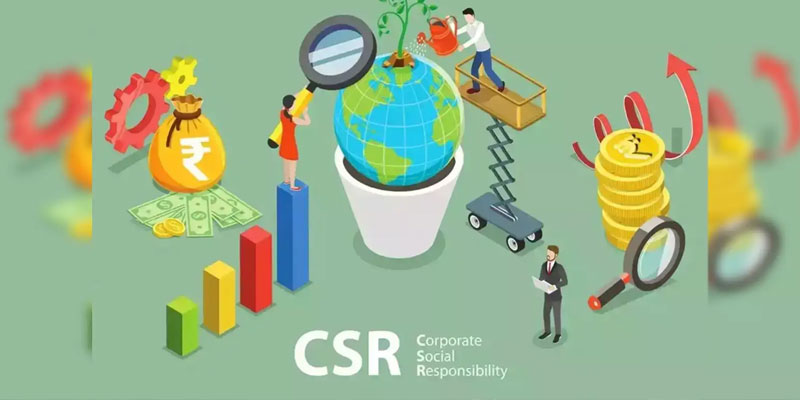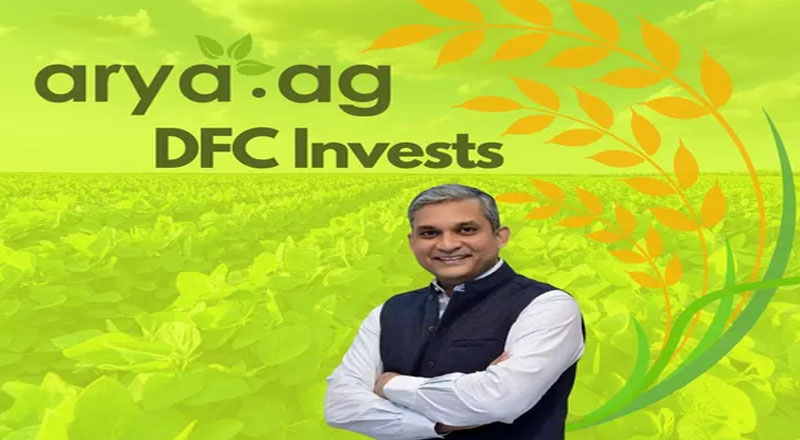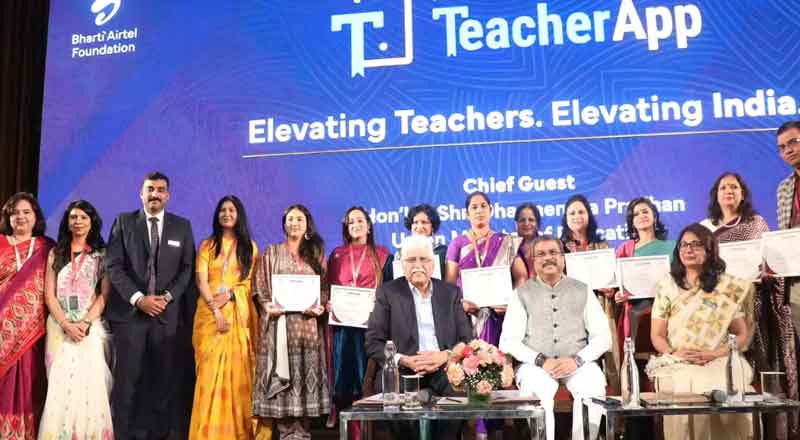A High-Stakes Relationship Under Global Scrutiny
India–US relations are once again in the spotlight—this time under the weight of a major trade dispute. The United States, under President Donald Trump, has slapped a total tariff of 50% on Indian exports, citing India’s continued purchase of Russian oil as a primary grievance.
While New Delhi has pushed back strongly against the criticism, the developments have cast uncertainty over a partnership that, until recently, was lauded as a key strategic alignment in the Indo-Pacific. Against this tense backdrop, Prime Minister Narendra Modi is likely to travel to the United States next month for the United Nations General Assembly (UNGA), creating a potential opportunity for a high-profile face-off—and perhaps reconciliation—with Trump.
A UN Meeting with Global Ripples
According to senior diplomatic sources, Modi’s name currently appears on the provisional list of speakers for the UNGA’s General Debate scheduled for September 23–29. The final decision on his attendance is still pending, as schedules undergo routine revisions.
Should Modi confirm his visit, he is expected to arrive in New York not just for multilateral diplomacy but also for bilateral talks with President Trump. These talks would likely centre on resolving the trade impasse, softening tariff measures, and addressing other contentious issues—including the politically charged matter of Russian oil imports.
Tariffs at the Heart of the Dispute
The deterioration in trade relations has been swift and sharp. For over a year, Washington and New Delhi have been engaged in stop-start negotiations over a bilateral trade deal. Talks collapsed after five rounds, with sticking points including India’s reluctance to open its vast agriculture and dairy sectors to US producers, and Washington’s insistence on ending Russian oil imports.
The latest blow came when Trump imposed an additional 25% tariff on Indian goods earlier this month, effectively doubling the duty rate to 50%—among the highest levied on any US trading partner. Half of the new tariffs took effect on August 7, with the rest scheduled for August 27. The narrow window before this second wave hits has triggered frantic backchannel negotiations.
Russian Oil: The Flashpoint
Washington’s pressure campaign is rooted in the belief that India’s continued purchase of Russian crude indirectly funds Moscow’s war effort in Ukraine. Trump has repeatedly criticised Delhi for “fueling the Kremlin’s aggression,” using tariffs as leverage to force a policy shift.
India, however, has publicly rejected the charge, calling it a double standard. Officials point to the fact that American companies continue buying uranium, chemicals, and fertilisers from Russia. New Delhi maintains that its purchases are based on energy security and price stability, not political alignment.
Diplomatic Chess Around the Putin–Trump Meeting
Adding another layer of complexity, Trump is due to meet Russian President Vladimir Putin on August 15 to discuss potential pathways to ending the three-year-old Ukraine conflict. New Delhi will be watching closely. A positive outcome could lower US pressure on Indian oil imports and open space for a friendlier Modi–Trump dialogue.
Sources suggest that if the Putin meeting produces tangible progress, Modi may extend a formal invitation for Trump to attend the October QUAD summit in India, alongside leaders from Australia and Japan.
From Personal Warmth to Policy Friction
During Trump’s first presidential term, he and Modi cultivated a strong personal rapport, often referring to each other as “friends” in public speeches. The 2019 “Howdy Modi” rally in Houston was a hallmark of that camaraderie.
However, the second term has been overshadowed by Trump’s aggressive tariff policy and his public rebukes over Russian oil. The shift has strained the political optics of the relationship, even as both leaders recognise the strategic importance of cooperation on security, technology, and regional stability.
Why This Meeting Matters
If Modi travels to New York, the meeting with Trump will serve multiple purposes:
· Trade Negotiations: Attempt to scale back tariffs and revive stalled trade talks.
· Strategic Alignment: Reaffirm shared Indo-Pacific goals despite policy disagreements.
· Energy Diplomacy: Seek a compromise on Russian oil that preserves India’s energy security while addressing US concerns.
US Treasury Secretary Scott Bessent has hinted that Washington wants to finalise major trade deals—including one with India—by the end of October. Whether that timeline is realistic will depend heavily on the tone and substance of the Modi–Trump discussions.
Political Calculations on Both Sides
For Trump, repairing the optics of India–US relations could bolster his image ahead of domestic political milestones, especially if he can claim progress on both trade and Ukraine. For Modi, demonstrating that he can hold his ground while securing concessions from Washington would play well at home, where economic resilience and diplomatic independence are popular themes.
Interestingly, Trump had earlier invited Modi to Washington in June during the G7 summit in Canada. Modi declined, reportedly wary that Trump might engineer a joint appearance with Pakistan’s Army chief, who was also in the US at that time—a move Delhi wanted to avoid.
Beyond Trade: The Strategic Lens
While tariffs dominate headlines, the underlying stakes go beyond commerce. India remains a crucial partner in America’s Indo-Pacific strategy, particularly in balancing China’s growing assertiveness. A breakdown in trust could push Delhi to seek closer ties with other powers, including Beijing—a shift Washington would prefer to avoid.
At the same time, India values US technology access, defence cooperation, and investment flows. Both countries therefore have strong incentives to prevent a prolonged chill in relations.
An Opportunity Wrapped in Tension
The potential Modi–Trump meeting on the sidelines of the UNGA could either mark a turning point or deepen the rift in India–US relations. Success will depend on whether both leaders can look past the rhetoric and focus on shared strategic and economic interests.
With tariffs looming, Russian oil in the spotlight, and global eyes fixed on New York, the stage is set for a high-stakes diplomatic encounter. For two leaders known for their political theatre, the meeting could be as much about symbolism as substance—but the consequences will be felt far beyond the photo op.
(With agency inputs)






















